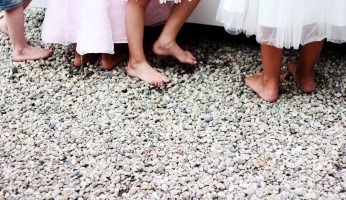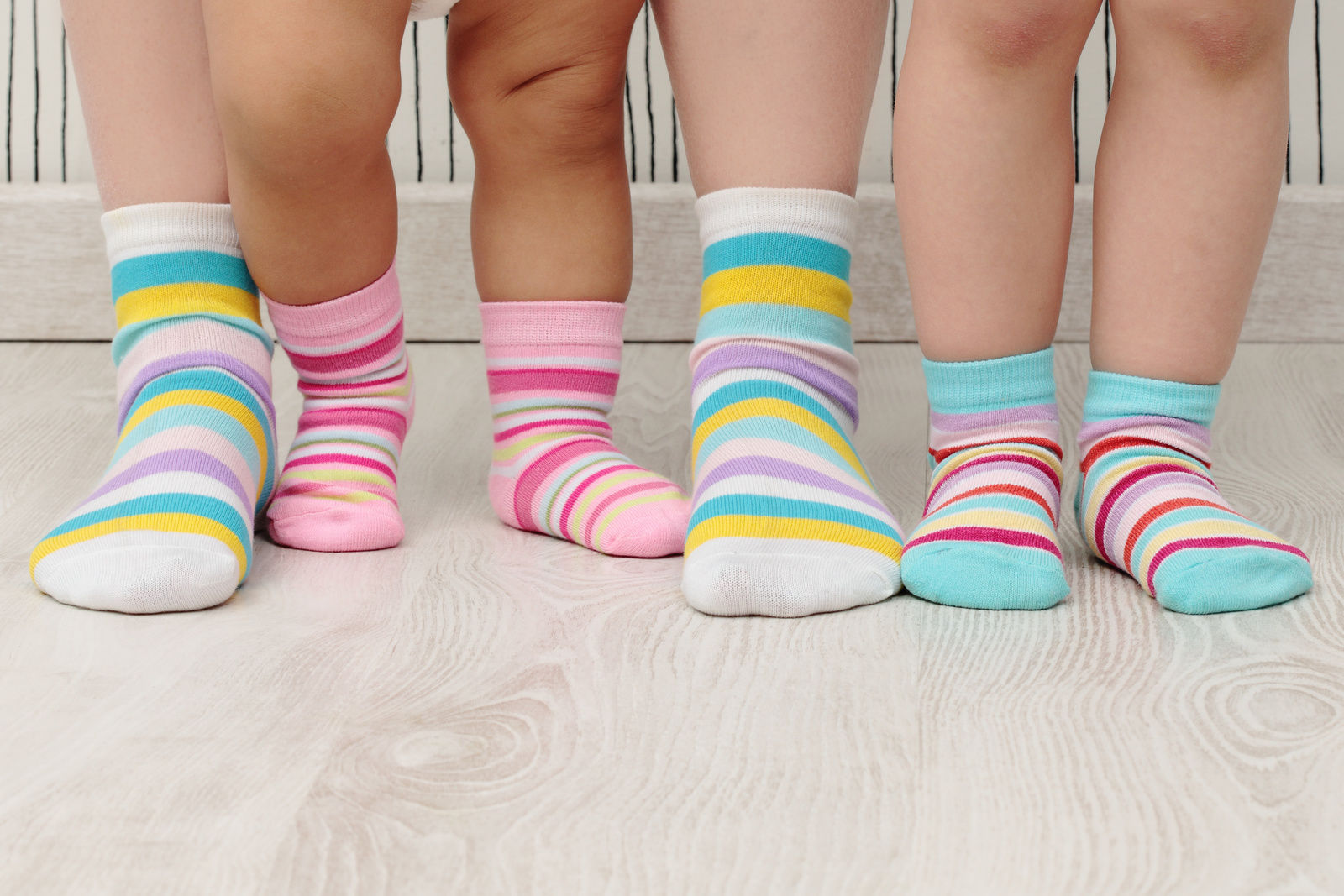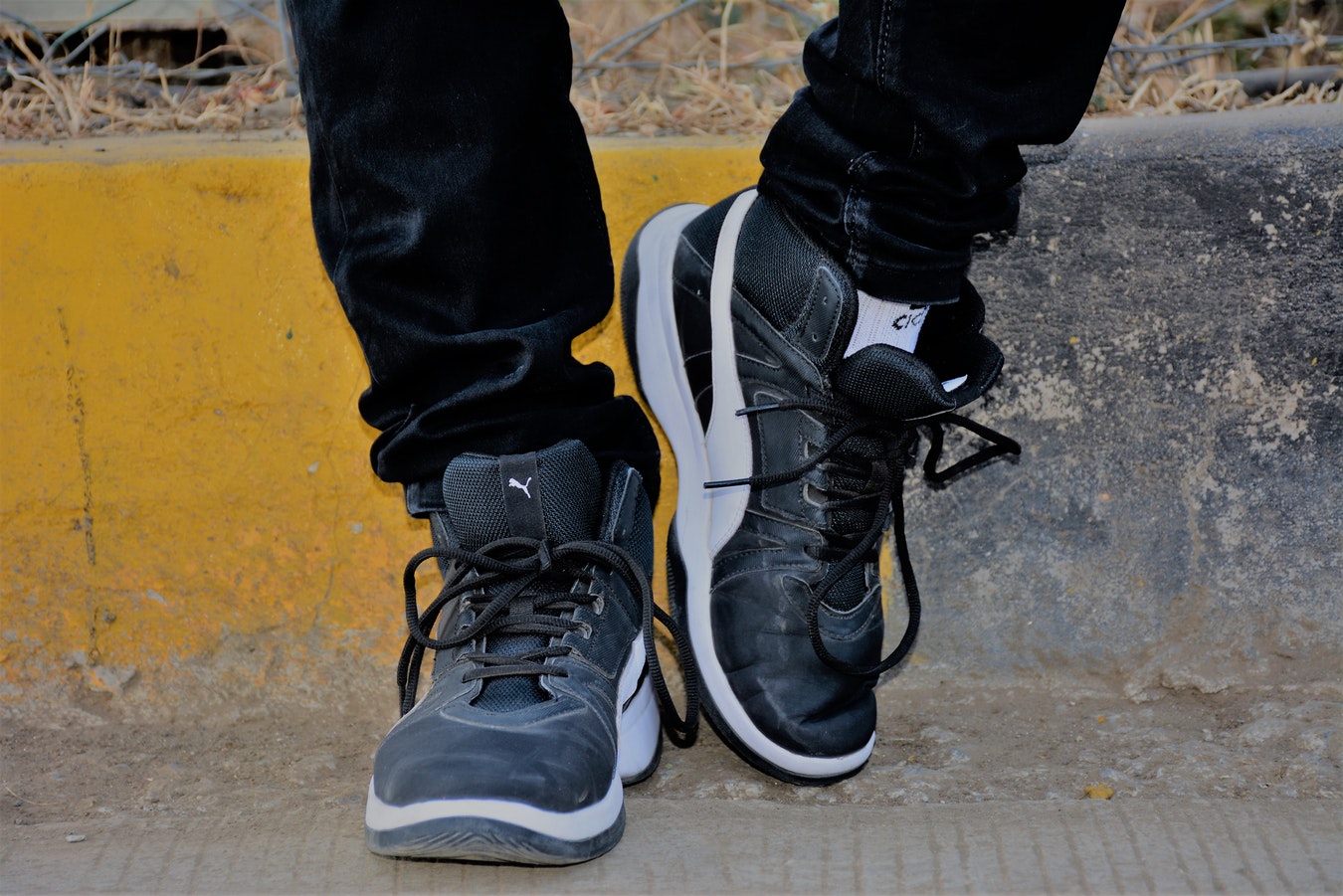Tips for Keeping Your Feet and Toes Warm in the Winter
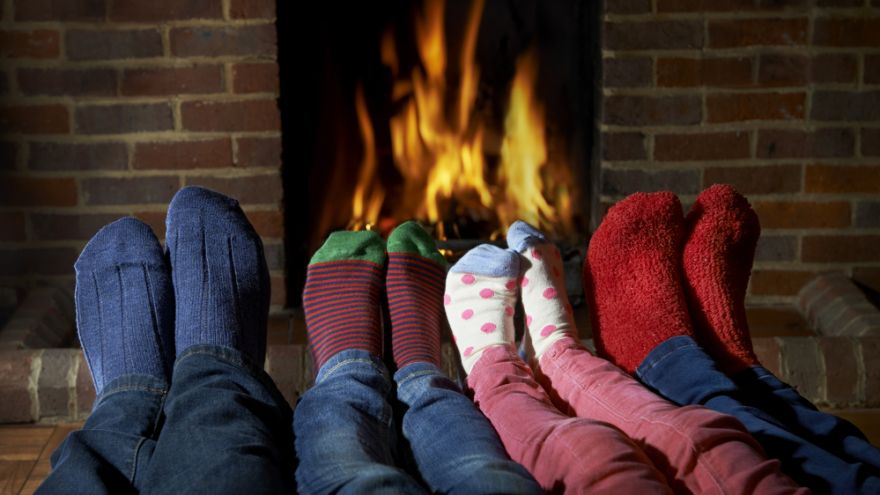 Tips for Keeping Your Feet and Toes Warm in the Winter www.walkjogrun.net
Tips for Keeping Your Feet and Toes Warm in the Winter www.walkjogrun.net For those of us living in the northern hemisphere December, January and February pretty much always brings their fair share of snowy conditions and or at least cold temperatures. Some of us are blessed with great circulation and the right amount of insulation (body fat) to keep us warm, others aren’t and are forced to tough it out.
Whether you are an urban dweller facing the cold landscape of the city streets or someone who loves outdoor wintertime sports, the sub-zero temperatures can cause some serious discomfort to your feet.
Here are some simple and easy tips to keep your feet protected, warm and most important of all comfortable in the cold months.
Appropriate shoes
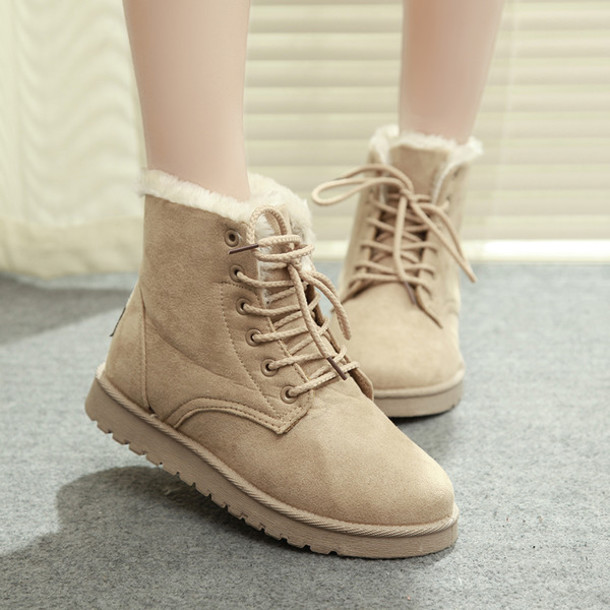
Let’s start with the basics. Your shoes are your outer layer of defense against the cold and play a huge role in how your feet maintain (or don’t) warmth. When walking or running errands, wear warm boots or shoes. We often see people going about daily tasks in shoes that are inadequate for cold temperatures — it might seem like you can get away with it, but think twice, you never know when you’ll be stuck outside for an extended period.
Ditch the heels, flashy dress shoes and loose trainers and put on a good pair of warm winter boots. Rubber boots work too (if they are lined with a warm sock or liner to protect from cold temperatures). Perspiration and moisture can seriously worsen the cold, so if your feet sweat a lot consider some antiperspirant. This will also reduce funky smells and the chance of infection.
Appropriate socks
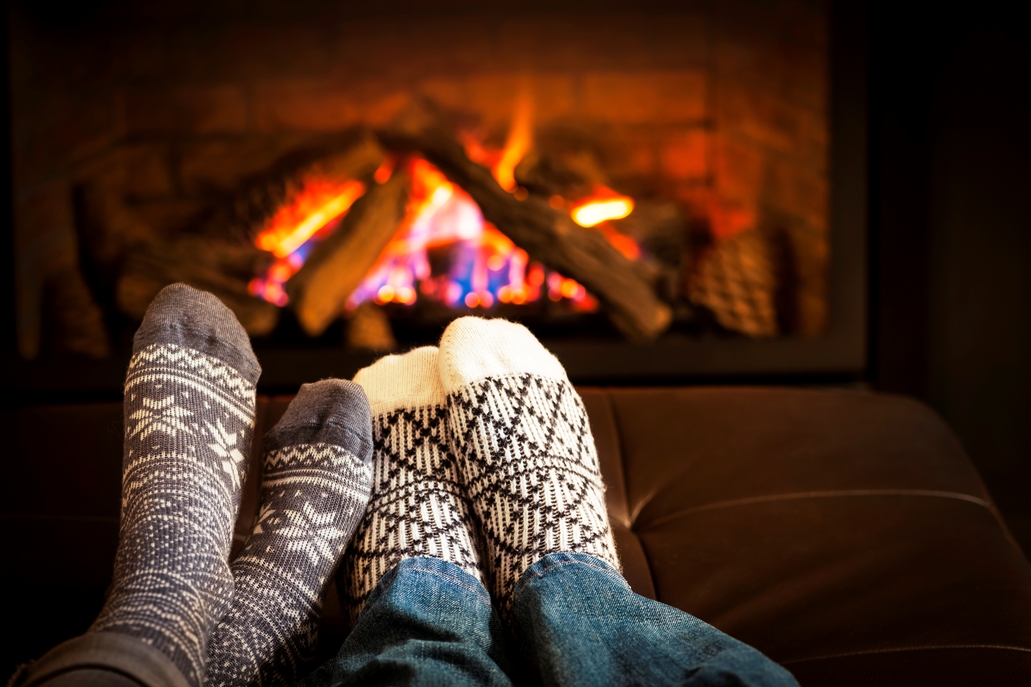
The next logical place to go after footwear is to turn your attention onto socks. Many people think that layering socks is a great strategy and it can be — but more important than thickness is the material your socks are made from.
Avoid cotton
Not only does cotton become damp very quickly with sweat, it also won’t keep its warmth when wet, which means it’ll freeze and you’ll be well on your way to having a bad day. Pretty much anything is better than cotton.
Opt for wool
Wool is one of the warmest materials that you can find, and if at all possible (we know the price is a bit higher) go for Merino wool. What is Merino wool?
It is The world’s most resilient, versatile and luxurious natural fiber, developed from the fleece of Merino sheep.
Unlike Raggwool—a stronger fiber used in more ‘rugged’ uses—Merino is itch-free, thermoregulating and inherently offers high-grade moisture management. All these things help the bottom line of comfort.
Another quick note on socks, make sure you don’t buy them too tight whatever you do. You want your socks to fit nicely but not constrict blood flow. Cutting off the circulation can actually go a long way towards working against you and actively making your feet colder.
Help your body’s circulation by stretching
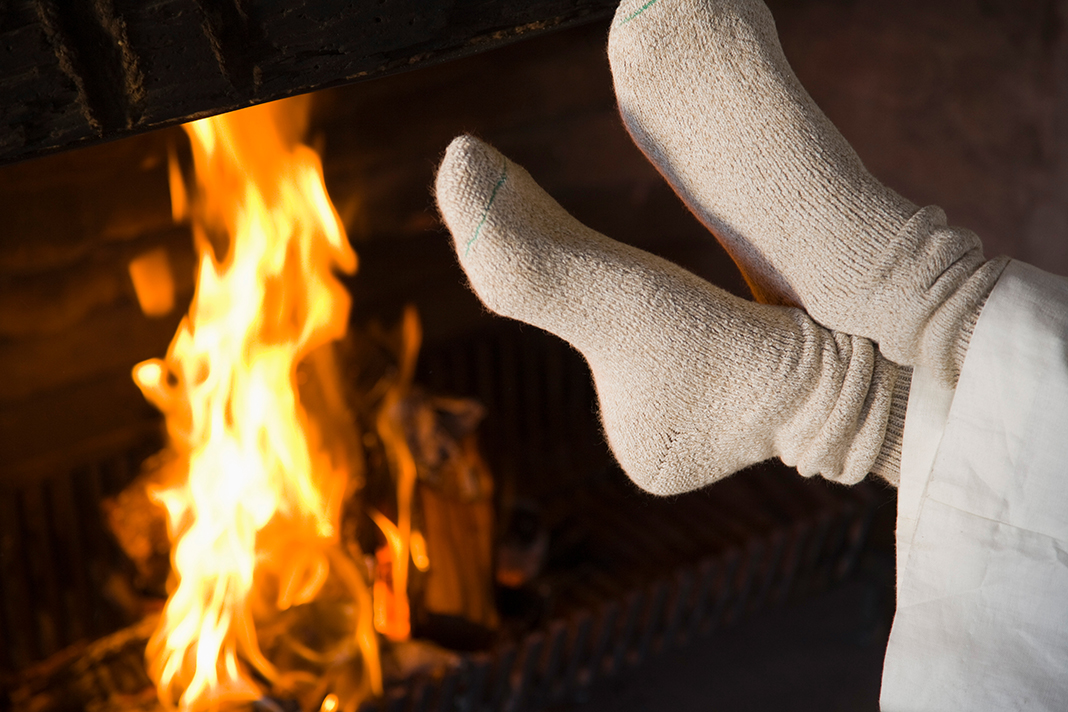
Since the toes are one of the bodies furthest extremities they are also one of the first to experience numbness during icy or cold temperatures. So, whatever you can do to keep the blood moving is a good idea.
Stretching the main muscles of the feet before heading out the door will keep them warm and relaxed. While outside, you can occasionally wiggle your toes around in your shoes (most people do this instinctively). Consistent blood flow will reduce the chance of numbness creeping in and keep those toes warm. Toe warmers (shake activated heat packs) can also be placed in shoes although be sure to carefully read instructions first.
Diabetics and smokers should be extra careful since they may have poor circulation in their feet. This decreased nerve sensitivity can lead to burns and other issues you want to avoid.
Moisturize
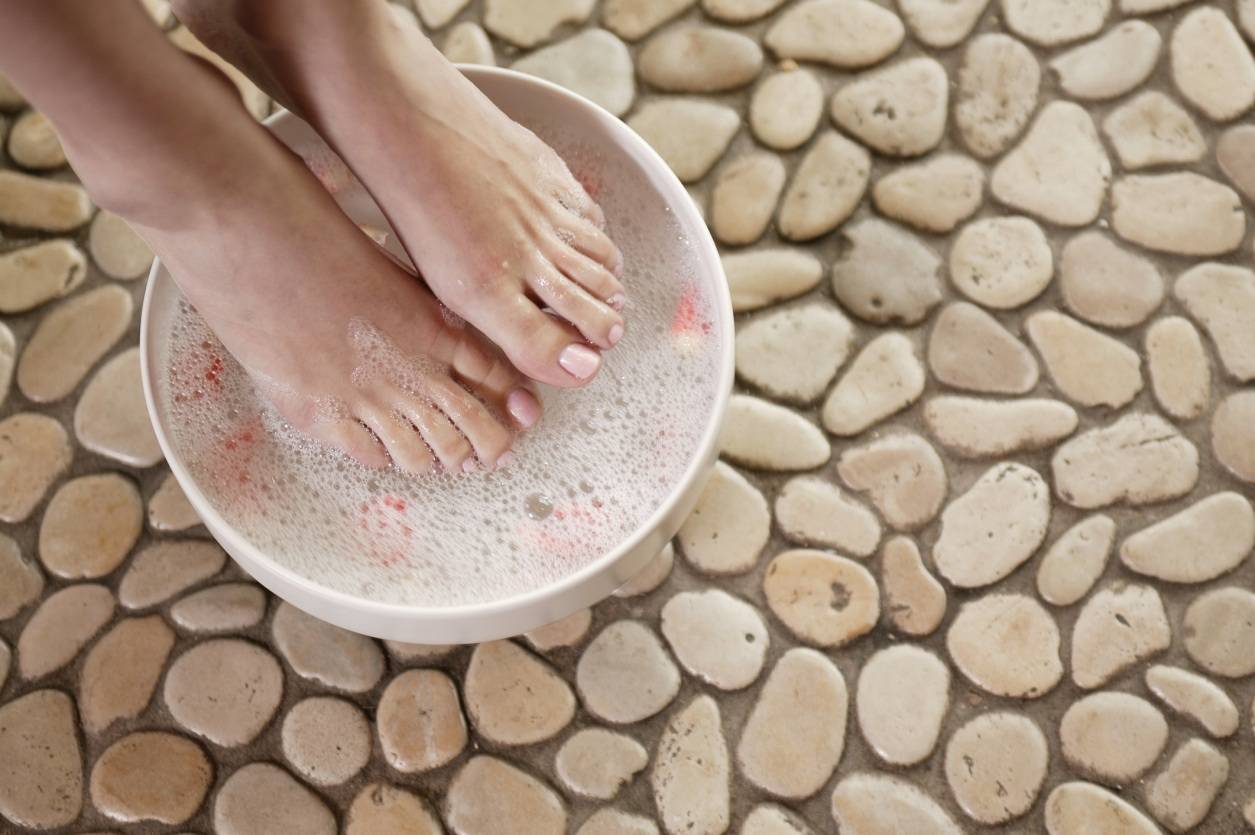
Cold temperatures and dry heat suck up moisture and can lead to dry skin in very short order. Get a good foot moisturizer and apply to your as often as you can remember to. Extreme dryness can lead to cracking of the skin, which can be painful in itself and lead to infection. Daily moisturizing will help you alleviate these potential problems — and overall maintaining good foot health is going to help them make it through the winter.
Use specifically designed footbeds
Footbeds have a lot of different uses, some people say they don’t really make a difference and other people swear by them. Keeping warm is not typically among their most touted benefits, but perhaps they should be.
Thinsulate and a number of other manufacturers make specific inserts for cold weather. These can add another insulation layer to your feet and they are particularly helpful if you did not follow step one in this article (getting proper footwear). Give them a try, you can always return the inserts if you are unhappy.
Conclusion
Everyone has had cold feet at least once in life if you live in the north and happen to have poor circulation this may be a daily problem for you. The winter may be brutal but doesn’t have to be to our feet. Be prepared, think a little bit ahead and keep these tips handy to protect from feet from cold and injury.
Disclaimer
The information, including but not limited to, text, graphics, images and other material contained on this website are for informational purposes only. The purpose of this website is to promote broad consumer understanding and knowledge. It is not intended to be a substitute for professional medical advice, diagnosis or treatment. Always seek the advice of your physician or other qualified health care provider with any questions you may have regarding a medical condition or treatment and before undertaking a new health care regimen, and never disregard professional medical advice or delay in seeking it because of something you have read on this website.







